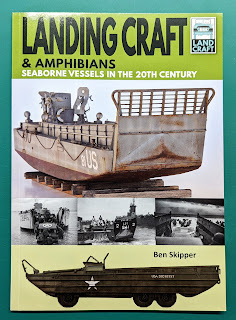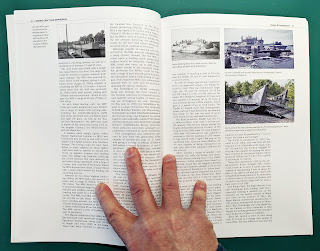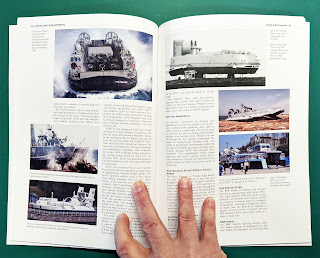These two books may not initially seem to have any obvious connection, other than both being from related series of military history/modelmaking books from Pen and Sword Publishing. However, to myself on a personal note, they both have resonance.
My mother is from Portsmouth, so we regularly holidayed there and I have walked the deck of HMS Victory more times than I can remember. So even if I do not have a significant interest in Napoleonic or Naval warfare, I have always had an interest in this particular ship. Also, my great-grandfather, as a young Royal Marine served two tours of duty aboard the Victory around the end of the 19th century. Oh and as for modelmaking, my father spent 30+ years building a wooden kit of HMS Victory, so it was constantly around the house.
My interest in the McDonnell Douglas Phantom is a little simpler. As a boy growing up in the 1970s I was of that generation that was endlessly building model kits, usually 1/72-scale military vehicles and planes (at least, before I discovered sci-fi kits). Before I was very experienced as a modeller, I was given a 1/48-scale Phantom kit. To my recollection, my father helped me build and then painted it for me. It was probably the biggest model I had and I adored it for a long time. One of the jet engines was removable and also painted up for added effect. Unfortunately, as I grew older the model lost favour and I have vague memories of using it for kit-bashed parts for later scratch-built models.
Anyway, time to move on from the reminiscences and look at the books. All of the books in these series that I have read take a similar format, giving a good general history of the design and development of their subjects as well as looking at how they were used. The books then move on to a review of the available model kits and then finally a look at paint schemes and modelling details. These two books are no different.
I will say that I am no expert on aviation or naval subjects so a lot of the technical terms in these two books went way over my head, which may be an issue for the casual modeller that just wants a quick guide on how to put together a kit... They do seem to be written with the aim of appealing to an already knowledgeable reader. The books might benefit from a brief glossary of technical terms for those of us who are just dabbling in these particular areas of military history.
Moving on to each book itself.
McDonnell Douglas F4 Phantom
I found the historical overview of the Phantom particularly interesting as I had virtually no knowledge of how or when they were used. I had only really been drawn to their iconic look and the sheer feeling of power that they gave off.
It was fascinating to see just how widely they were used by different nations around the world. Clearly, this gives the modelmaker the widest of choices when he is considering which variant and which paint job he wants to give the model, assuming there is a kit available that fits those choices.
The book is filled with a good selection of excellent photos of the various versions of the Phantom and also has some nicely detailed illustrations that would make a very useful guide for the modelmaker.
The review of the selection of kits available may be somewhat time limited as years down the line some of these kits may have gone out of production, however, it is a great guide as to what is around just now.
Having visited the Victory countless times I am a little more familiar with her story. However, it was good to see it all written down in one cohesive text that tied everything into a single timeline. I must admit, I had not realised how many refits and modifications the ship had gone through. Of course, if you consider the amount of damage these ships took at each and every engagement, it is not at all surprising.
The book is packed with both photos of the current configuration of the Victory and also illustrations (usually taken from paintings done at the time) that show her at various points in her history.
Moving on to the modelling side of things, there have been various kits, going from the smallest plastic kits right up to the truly extravagant wooden kits with brass fittings etc. The book is thorough in covering a good spread of them with details of the pros and cons of each style of kit and lists of errors and modifications that are possible with each one.
There are also some photos of truly aspiration models to really get the modelmaker's juices flowing...
The end of the book rounds out with a series of illustrations showing the various configurations and colour schemes that the Victory carried both during its active career and since it has been in drydock in Portsmouth dockyard.
So to round out my review, both books are excellent resources for the keen modeller who is venturing into a new field. If it wasn't for the lack of explanation of some of the technical jargon these books would be almost perfect.
Highly recommended!
Get your copies HERE!

































